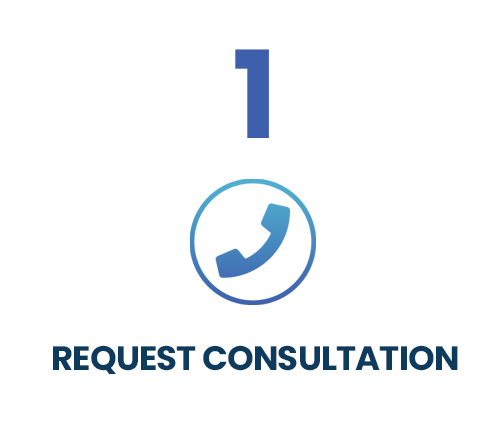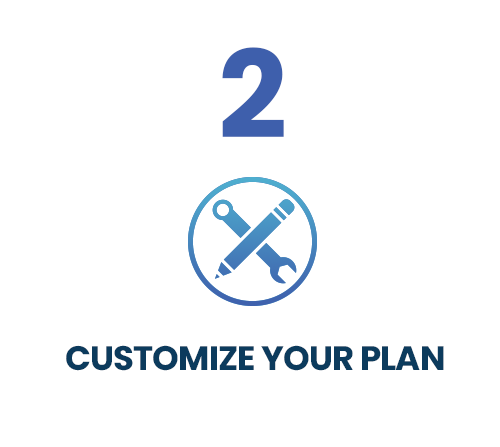You’ve spent years investing in SEO, and now your brand dominates the rankings, but you’ve neglected your website and now your customers are stuck interfacing with an outdated platform that isn’t even mobile friendly.
It’s time for a redesign.
You’ve probably heard all of the horror stories that tell of disastrous site redesigns killing your search rankings and negatively influencing all the progress you’ve made with your SEO strategy, when in fact, your reluctance to embrace an updated design is the true culprit.
Don’t believe the ghost stories. Let a team of dedicated marketing specialists show you how powerful a well-executed site redesign can be for your brand. Here are five steps to ensure that you are able to successfully execute your site redesign without compromising months or possibly years of investment in SEO.
Step 1: Evaluate Your SEO Strategy
A site redesign is the perfect time to evaluate your SEO strategy and figure out which keywords and landing pages are providing the most value, and which ones are providing the least. This will allow you to assess which keywords and landing pages to prioritize during the redesign.
During this process, you may find keywords that rank well, but perform poorly at delivering quality traffic. These keywords may not be worth including in your post-redesign SEO efforts, which presents a great opportunity to refine the keywords you’re targeting to ones that will drive higher quality traffic to the site.
When evaluating your SEO strategy, you may also find that certain landing pages fail to engage visitors and convert them into leads or sales. We believe a site redesign presents the perfect opportunity to address page level engagement and conversion issues, too.
Ironically, by evaluating your SEO efforts prior to a site redesign, and addressing issues that you may have otherwise overlooked, you can actually end up with a superior SEO campaign once your redesign is complete.
Step 2: Keep the Same URL Structure or Implement 301 Redirects
As it pertains to SEO, it is ideal to maintain the same URL structure when executing a site redesign, but this not always practical. You may be moving the site to a new platform that has different requirements, or you may have reorganized your content, which resulted in changes to the URL structure. In any case, when you change your URL structure, it is imperative that you implement a page level 301 redirect.
A 301 redirect is a permanent redirect from one URL to another. It helps retain rankings by guiding search engines from the old URL to the new URL where the requested content now lives. 301 redirects also preserve inbound links and internal links, both of which help retain rankings.
Retaining a positive user-experience is just as important as retaining good rankings. By preserving inbound links and internal links, 301 redirects prevent visitors from being greeted with a “404 Not Found” error message when accessing the site through inbound links or navigating the site through internal links that point to defunct URLs.
Step 3: Maintain On-Page Optimization
Maintaining on-page optimization might seem like an obvious step, but a site redesign can often involve moving, revising, and adding new content. All these moving parts can make it easy to forget the basics.
Use this as an opportunity to not only maintain, but to improve, on-page optimization. Start by making sure any keyword changes are incorporated into the appropriate pages. Then, review each title and description tag. Make sure they’re unique for each page, incorporate the target keyword(s) for that page, and accurately describe the content they’re associated with.
Once this has been accomplished, review the site’s URLs and make sure they’re optimized for each page. Finally, check for broken internal links and review all anchor text to make sure it is consistent with any keyword changes that were made in step 1.
Step 4: Create HTML and XML Sitemaps
Create HTML and XML sitemaps to help search engines discover any new or existing content that has moved to new URLs. HTML sitemaps are also useful to site visitors because they help them discover new and existing content that has been relocated.
After creating an XML sitemap, be sure to submit it to the major search engines to expedite the crawling of any new or moved content. This step, combined with page level 301 redirects, will ensure efficient crawling and indexing of your content.
Step 5: Monitor, Measure, Improve
Once the redesigned site goes live, carefully monitor your rankings and traffic data. You can determine whether or not your site redesign was successful and meets your goals by asking yourself questions like:
A site redesign should not be a one-and-done project. Just like any other marketing initiative, the results of your redesign should be monitored, measured, and improved over time, preferably with the help of a dedicated digital marketing agency that is ready to stick with your brand over the long haul. Our agency can help you execute a flawless site redesign without compromising SEO.
Is your website old and outdated? You might be driving traffic to your site, but if the user experience is lacking, you will face a significant challenge when trying to retain the interest of your target audience. At Leverage Digital, we utilize a comprehensive approach to SEO that deftly handles the technical side of SEO while facilitating organic growth by improving the user experience. Your brand is ready to grow. We can help.






